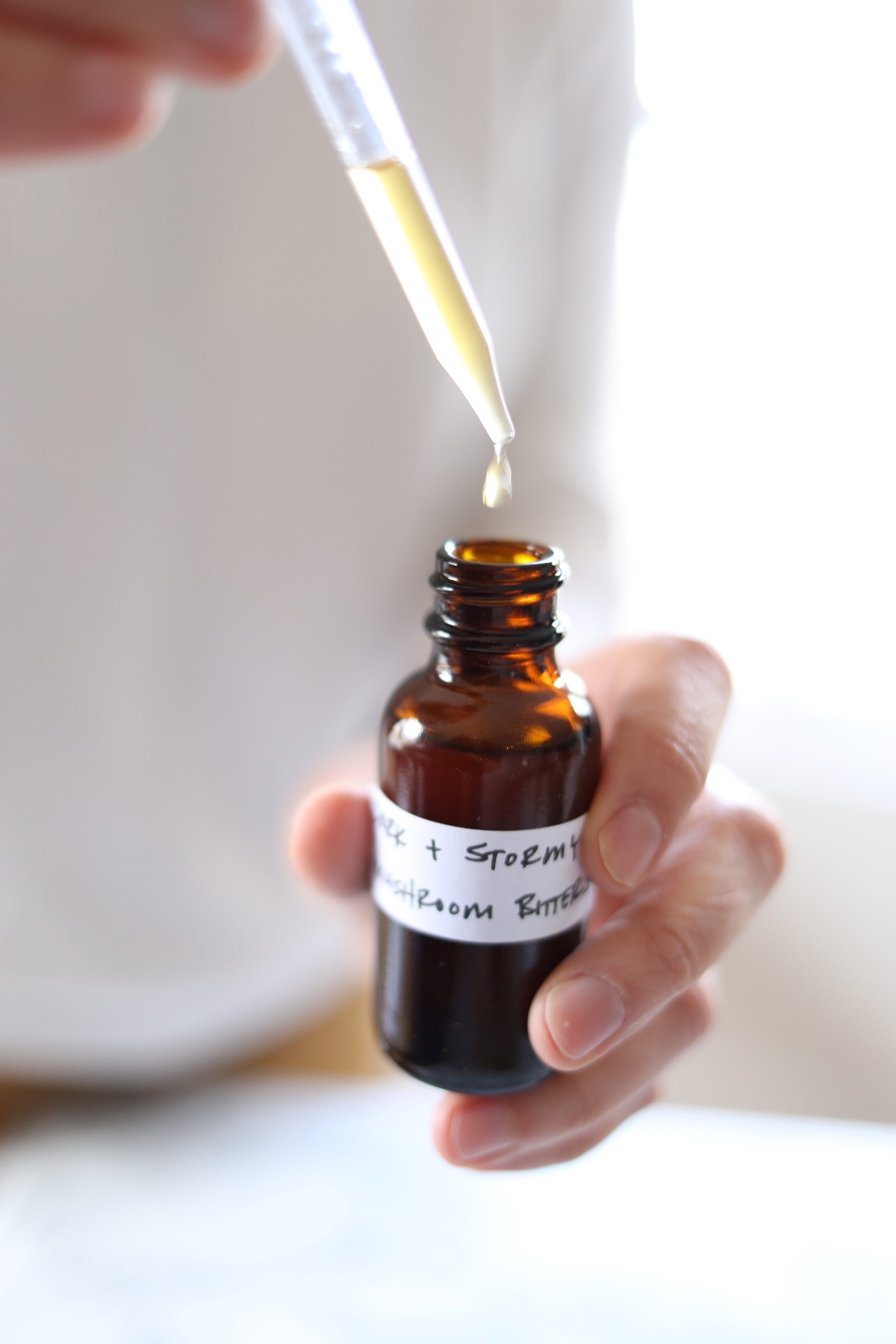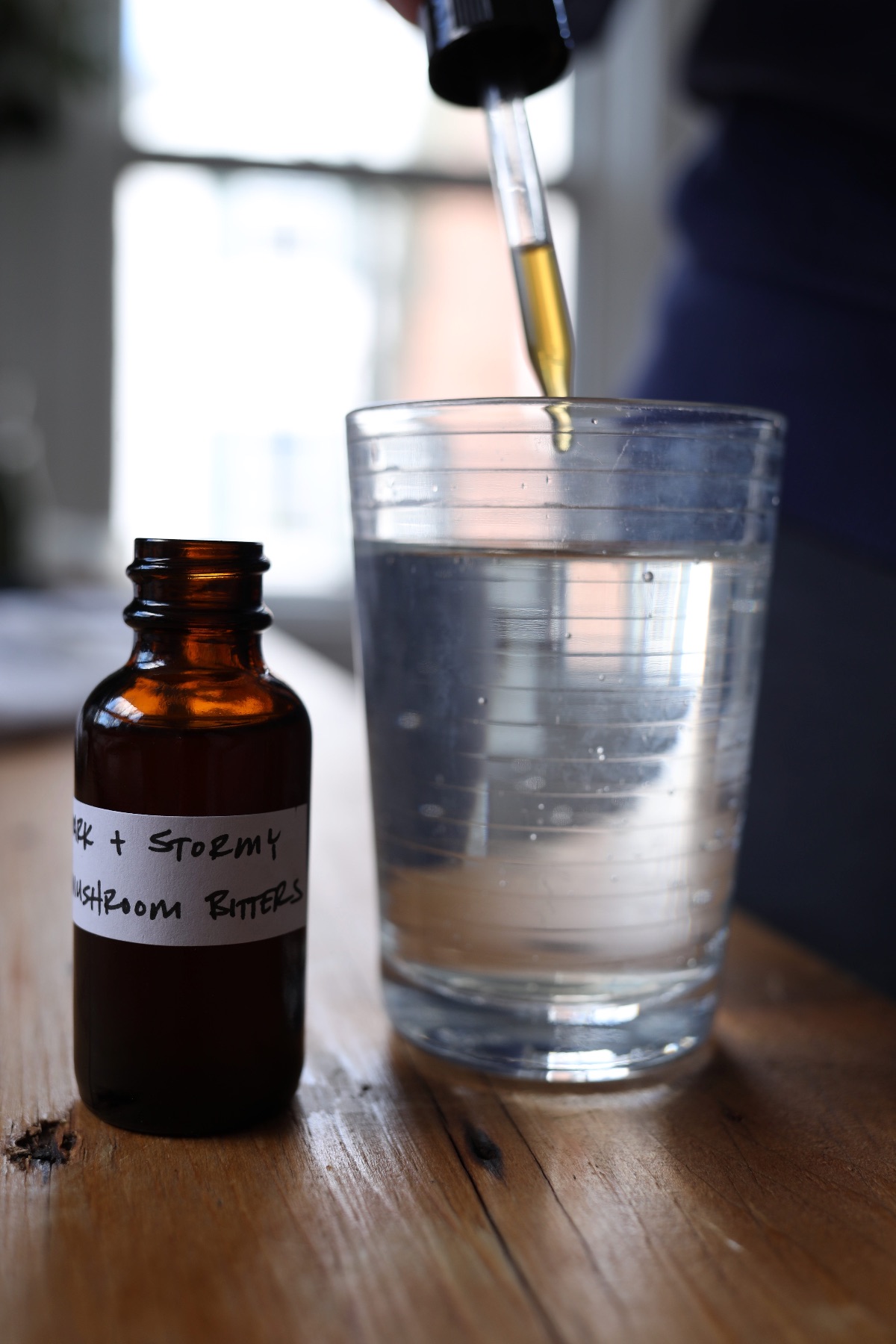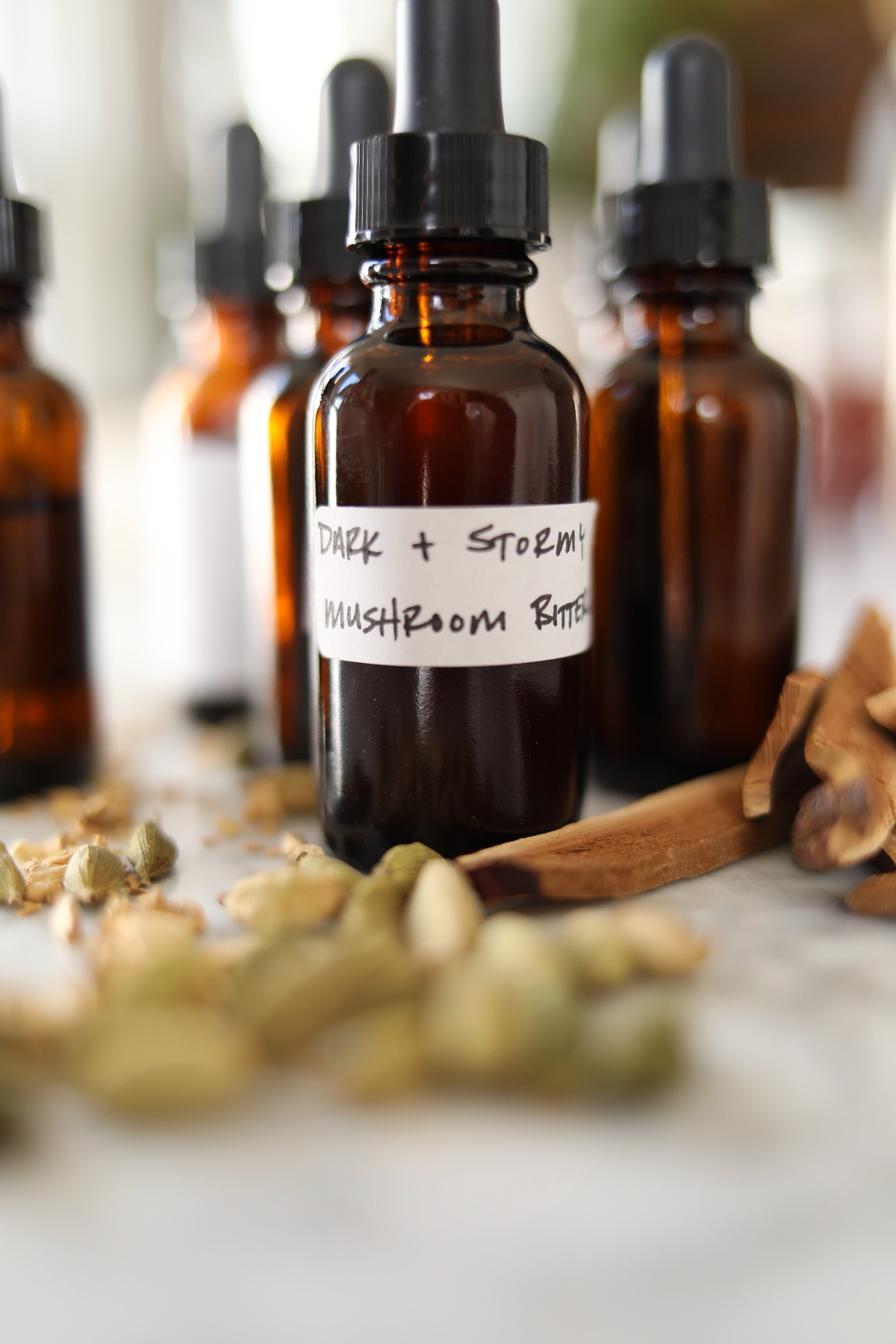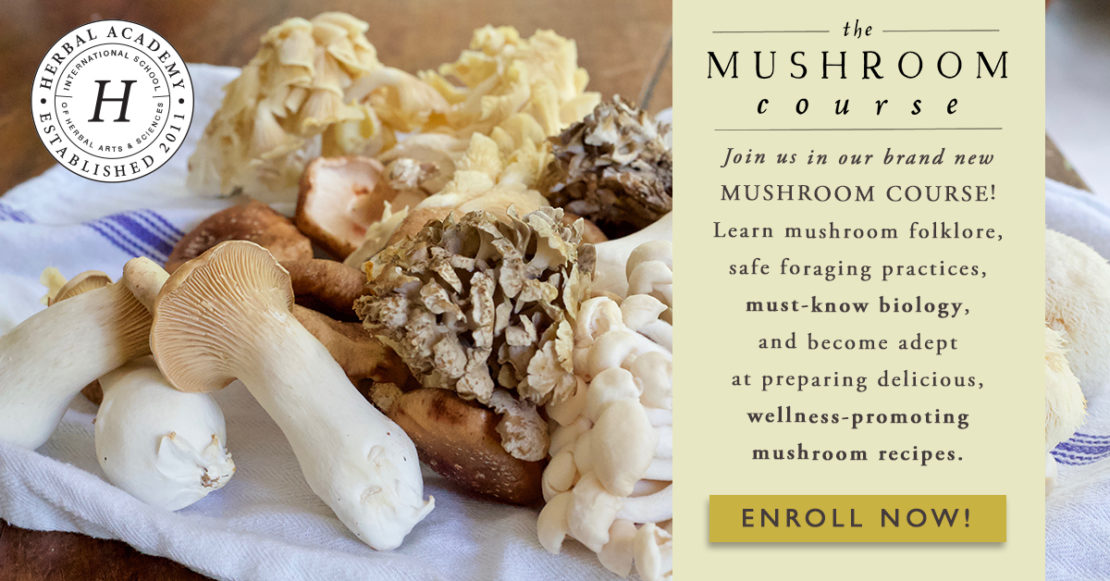
There are plenty of ways that mushrooms can be used to support digestive health and vitality. One such way is through their bitter properties.
Yes! Some mushrooms have a bitter flavor, and these mushrooms can be used to create mushroom bitters just as you would use bitter tasting plants to create herbal bitters .
In this article, we would like to share a bit about how bitter mushrooms can support your digestive system as well as a mushroom bitters recipe we call, Dark and Stormy Mushroom Bitters, from our newest course, The Mushroom Course . Sounds dramatic, doesn’t it? Don’t worry—this recipe isn’t likely to cause any drama in your digestive system. Instead, it is well-suited to decreasing drama in your digestive tract!
Bitters And The Digestive System
WE RECOMMEND THE VIDEO: Para pharma testo cyp 250 = $51
NAPSGEAR review -fake or all test prop So appears my whole order of gear was all test prop according to ROIDTEST or all fake. Mind you I tested my ...
The molecules that give mushrooms their bitter taste interact with cellular receptors found throughout the human body, and particularly within the gastrointestinal tract. Many bitter-tasting substances stimulate the release of saliva, digestive enzymes, stomach acid, and bile while also supporting nutrient absorption, peristalsis, and the removal of metabolic waste. All in all, these bitter substances promote just about every stage of digestive function!

A lesser-known fact about the bitter flavor is that it can also signal the presence of toxic compounds to the body. This might be one reason why our digestive system reacts so strongly to the bitter taste—it’s the body’s way of saying “break that stuff down and get it out of here!”
Mushroom bitters are used in the same way that herbal bitters are—taken just before a meal in a small dose.
There are several mushrooms that have a bitter flavor and make great additions to digestive bitter formulas, such as agarikon ( Laricifomes officinalis ), reishi ( Ganoderma spp.), turkey tail ( Trametes versicolor ), and tinder conk ( Fomes fomentarius ). These bitter mushrooms are best combined with warming aromatic herbs such as ginger ( Zingiber officinale ) rhizome, fennel ( Foeniculum vulgare ) seed, or angelica ( Angelica archangelica ) root to support digestive vitality (Hobbs, 1996).

Below is a recipe for mushroom bitters. This recipe calls for various mushroom and herbal tinctures that you’ll want to have on-hand to make this recipe. Here are some resources from the Herbal Academy blog that will help you when it comes to making herbal and mushroom extractions.
Dark and Stormy Mushroom Bitters

This blend is a mushroom-based riff on a traditional digestive bitter tonic. Taken with meals, the combination of bitter taste and warming aromatics can help to revitalize digestive function, while the spicy, chocolatey taste of this blend is especially welcome in the cooler months of autumn and winter. Note that the small amount used as a pre-meal digestive tonic is just a fraction of the dose needed to maximize the immunomodulant benefits of these mushrooms, but it’s a fun and tasty way to get your digestive juices flowing!
Dark and Stormy Mushroom Bitters
18 mL reishi ( Ganoderma spp.) fruiting body dual extract tincture
15 mL turkey tail ( Trametes versicolor ) fruiting body dual extract tincture
15 mL codonopsis ( Codonopsis pilosula ) root tincture
6 mL damiana ( Turnera diffusa ) leaf tincture
3 mL cardamom ( Elettaria cardamomum ) seed tincture
3 mL ginger ( Zingiber officinale ) rhizome tincture or glycerite
- Combine all extracts in a sanitized 2 oz (60 ml) dark-colored glass bottle with dropper top.
- Shake well! Label and date for storage.
- Use 15-30 drop s in a little water before meals. Use up to 3 mL 2-3 times daily for additional support. Also makes a great addition to sparkling water, cocktails, or mocktails!

In Closing
As we mentioned earlier, there are many different ways mushrooms can be a support to the digestive system, promoting digestive health and vitality. Using mushrooms prepared as mushroom bitters is just one simple way.
We hope you’ve enjoyed this article and recipe, and mostly we hope you’ll put it to use in your life.
If you’re interested in learning more about using mushrooms for wellness, let us invite you to join us in our course, The Mushroom Course.
This introductory- to intermediate-level course will have you digging into the intricate details of mushrooms, examining the visual characteristics you need to know to differentiate one mushroom from another, and learning how to use identification keys for safe foraging. Not only that but you’ll also learn how to use and prepare mushrooms as both foods and herbs to cultivate wellness.